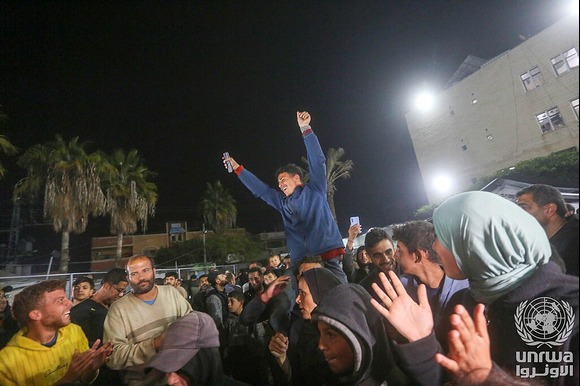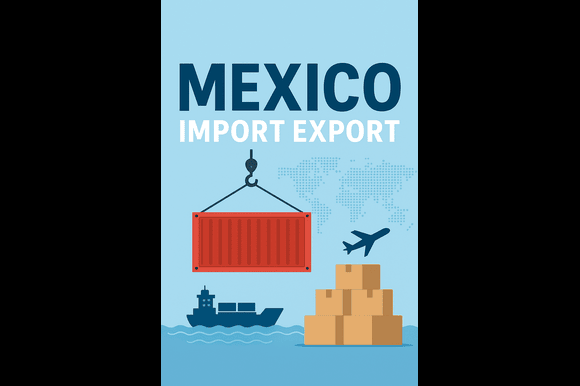
By Ashraf Amra - United Nations Relief and Works Agency for Palestine Refugees in the Near East
In a historic breakthrough, Israel and Hamas have agreed to the first phase of a comprehensive peace plan, potentially setting the stage for an end to the two-year-long war in Gaza.
According to sources cited by the BBC, the deal outlines a mutual exchange of hostages and prisoners, along with an Israeli troop withdrawal and a significant increase in humanitarian aid entering Gaza. The development has been hailed by leaders worldwide, though many critical details remain unresolved, particularly concerning Gaza’s future governance.
Hostage and Prisoner Exchange: Core of the Agreement
Under the terms of the agreement, Hamas is set to release the remaining 20 living hostages it holds, while Israel will free nearly 2,000 Palestinian detainees and withdraw its troops to an agreed position. If approved by the Israeli cabinet—which is scheduled to meet Thursday afternoon—an immediate ceasefire will follow.
Israeli Prime Minister Benjamin Netanyahu called the accord “a great day for Israel,” emphasizing that it could pave the way for a more stable future. A senior Palestinian official confirmed that the ceasefire would be implemented immediately after cabinet approval.
During the initial five days of the truce, Israel will permit 400 aid trucks per day to enter Gaza, with the number gradually increasing in subsequent stages. Hamas, for its part, affirmed that the plan includes both an Israeli pullback from key areas and the resumption of large-scale humanitarian deliveries.
Trump’s Role and the Egypt Negotiations
The peace framework was shaped during three days of indirect negotiations in Egypt, following the 20-point plan proposed by U.S. President Donald Trump in late September. Trump was the first to publicly announce the agreement, describing it as “the dawn of a different world.”
According to a senior White House official, Israel’s troop withdrawal from designated zones could be completed within 24 hours, after which Hamas will have 72 hours to release all surviving hostages taken during its 7 October 2023 attack, which initiated the current conflict.
The “yellow line” demarcating Israel’s withdrawal area—initially leaving about 55% of Gaza under Israeli control—has been revised to better accommodate both Israel’s security concerns and Hamas’s hostage-release commitments.
High-Profile Prisoners and Outstanding Issues
Among the Palestinian detainees slated for release, Hamas has reportedly requested the inclusion of Marwan Barghouti, a prominent political figure viewed by many as a potential future Palestinian president. However, Israeli approval for his release remains unclear.
Despite the progress, the current deal is not a full peace accord. Remaining obstacles include Hamas’s disarmament, the future governance of Gaza, and long-term security guarantees.
Trump’s proposed plan envisions a temporary transitional administration, managed by an international committee under the oversight of Trump himself and former UK Prime Minister Sir Tony Blair. Hamas would be excluded from any role in this interim government, with expectations that the Palestinian Authority will eventually assume control over Gaza.
Global Reactions and Scenes of Celebration
The agreement has prompted an outpouring of cautious optimism across Israel, Gaza, and the international community. In Tel Aviv’s Hostage Square, families of remaining captives celebrated with fireworks and tears of relief.
“I feel tremendous excitement, even though for now it’s only on paper,” said Avishai David, whose son Evyatar is among the hostages. “I want to see him, hold him, touch him. Only then will I believe it’s real.”
In Gaza, residents took to the streets, cheering and waving flags. Mousa, a doctor from Deir al-Balah, told the BBC, “We’ve lost so much in these two years. Gaza is destroyed, and hardships lie ahead—but for now, we finally feel hope.”
Global Leaders Welcome the Breakthrough
Israeli President Isaac Herzog said the nation’s “heart beats as one with the hostages and their families.” Meanwhile, UN Secretary-General António Guterres described the deal as a “momentous opportunity” and pledged UN support for its implementation, including reconstruction and humanitarian efforts.
Trump and Netanyahu reportedly congratulated one another on what they called a “historic achievement” during a private phone call. The White House said Trump believes the agreement will usher in a “different world.”
A War That Shattered Gaza
The ongoing conflict, which began with Hamas’s October 2023 assault that killed 1,200 Israelis and led to 251 hostages, has devastated Gaza. According to the Hamas-run Health Ministry—whose figures are recognized by the UN—at least 67,183 Palestinians, including 20,179 children, have been killed since Israel’s military campaign began.
Additionally, 460 Gazans have died from malnutrition, 182 of them since a UN-backed famine declaration in August. Israel has denied blocking aid or causing starvation, maintaining that Hamas diverts humanitarian supplies.
In September, a UN commission of inquiry accused Israel of committing genocide in Gaza—an allegation Israel dismissed as “false and distorted.”
A Fragile but Historic Step
While the new agreement does not resolve all issues, it represents the most significant diplomatic breakthrough since the conflict began. Should negotiators sustain their momentum, this deal could mark the first step toward ending one of the most destructive wars in recent Middle Eastern history.
As both sides prepare to implement the initial phase, the world watches with hope, skepticism, and anticipation—aware that this fragile peace could either end decades of bloodshed or collapse under the weight of mistrust.




